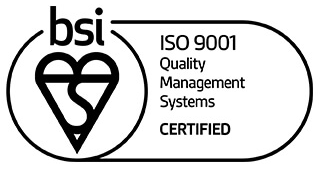Metal Castings for the Medical Equipment Sector
At Dean Group International, we manufacture the highest quality metal castings for a broad range of industries, including the medical equipment sector.
We know the high demands put on medical equipment and the exacting specifications that every component needs to meet so as not to fail the patient who needs it. This is why we have perfected various metal casting processes to meet the exacting specifications of medical equipment and even support the design development process with our rapid prototyping service.
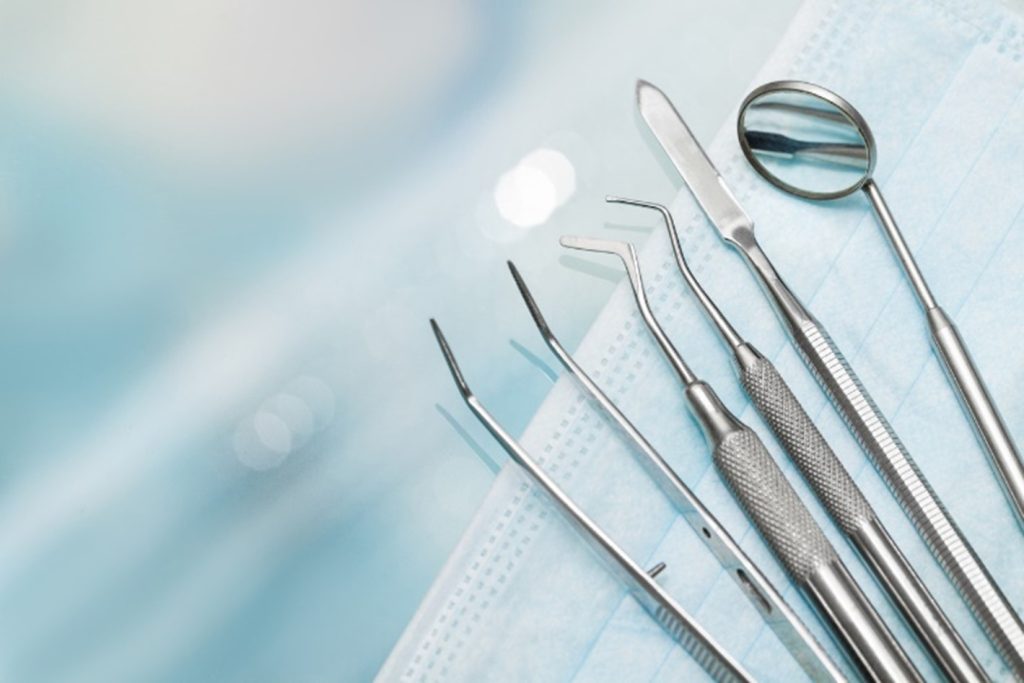
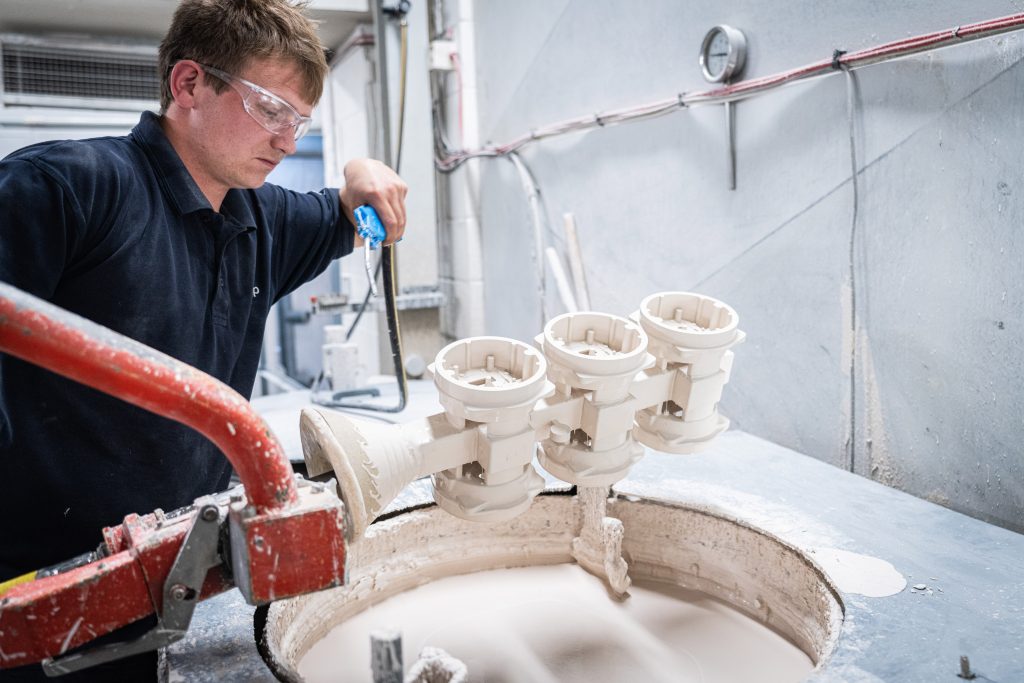
Investment Casting for Medical-Grade Components
Investment casting is a highly effective process that we have perfected here at Dean Group International, and we use it to fulfil the complex designs required for medical devices.
This manufacturing process is used for the manufacture of many medical device components due to its versatility and the reliability of the quality of the manufactured parts. This technique also allows for the production of parts with smooth surface finishes and tight tolerances vital for medical components, even across the most complex designs. However, because of its precise nature, this process is limited to lower-volume projects.
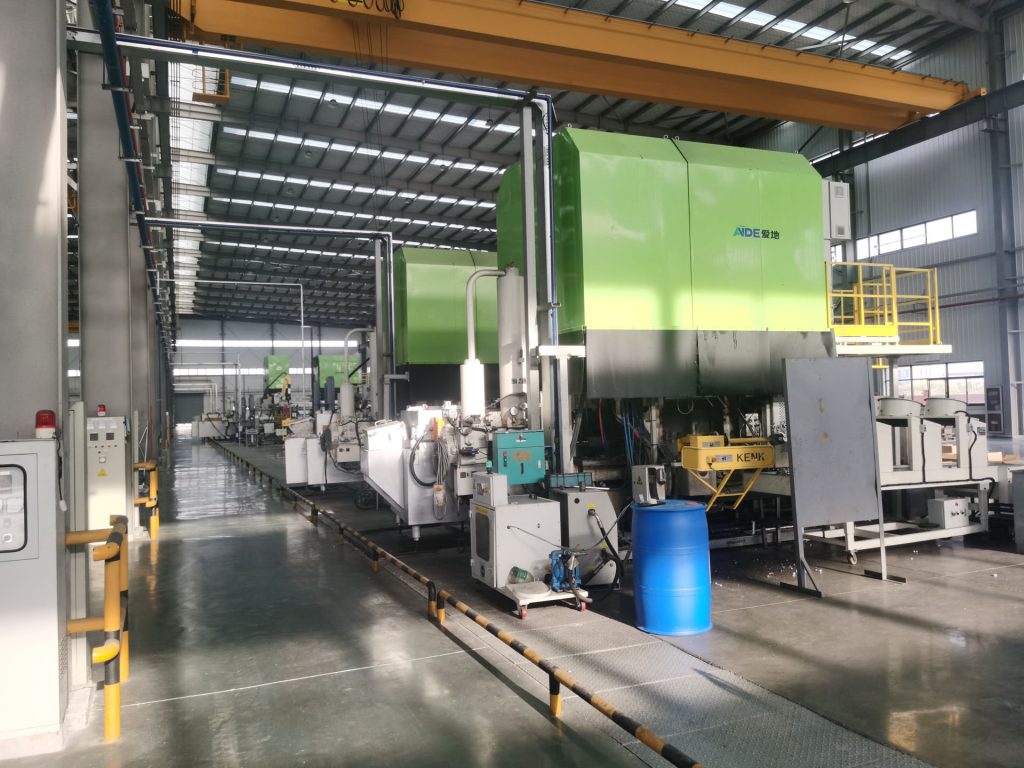
Die Casting for Medical Devices
Die casting for medical equipment is also a highly popular solution to many designs but with an alternate focus to the previous choice. Whether it is gravity or pressure die casting, this process is best for large-volume projects with simpler designs, such as hospital bed parts or casings.
Here at Dean Group International, we constantly improve this process to guarantee that it results in a faster production time with several finishing options and good dimensional accuracy for the created parts, but is unable to create highly complex designs.
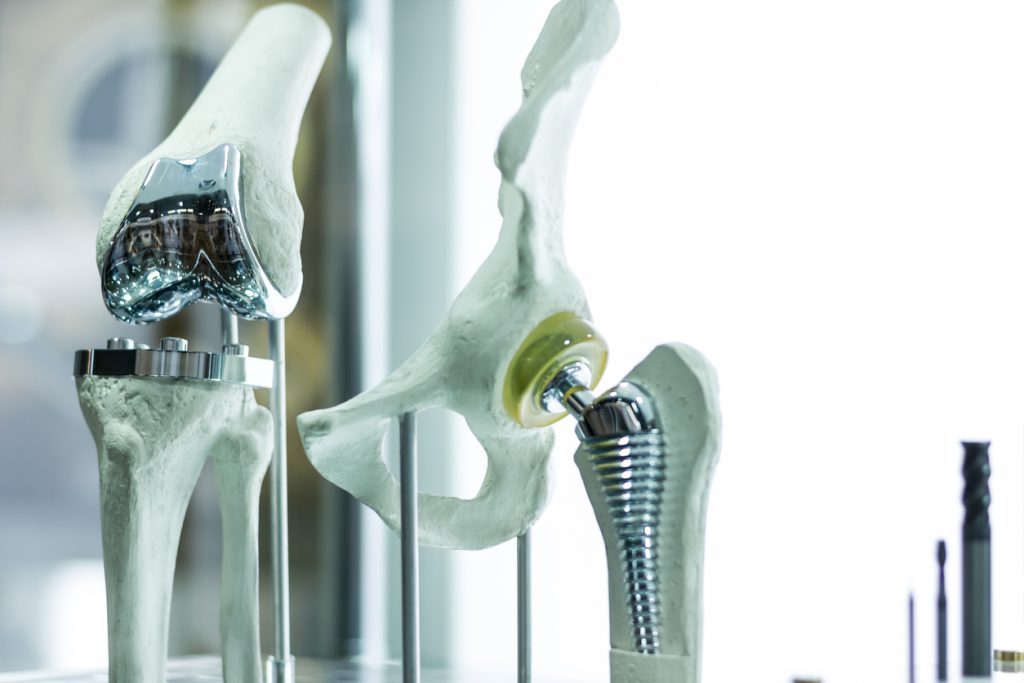
Tailored Materials for Medical Metal Casting
The medical requirements related to the application of these castings make the choice of material extremely important when designing medical equipment. Corrosion-resistant alloys are used to prevent later degradation and contamination within the medical application, while some alloys, like titanium castings, are particularly useful as they integrate well with organic tissue. Alternatively, many designers have requested we use aluminium die casting for their designs due to its impressively lightweight nature.
Cast medical parts must follow strict FDA regulations to maintain compliance and patient safety. Both we and our supply partners have either (or both) ISO9001-2015 or TS 16949 quality accreditations to meet these requirements. We guarantee the necessary biocompatibility of the materials in the design, as we have developed a transparent and attentive process with our clients before we start manufacturing.
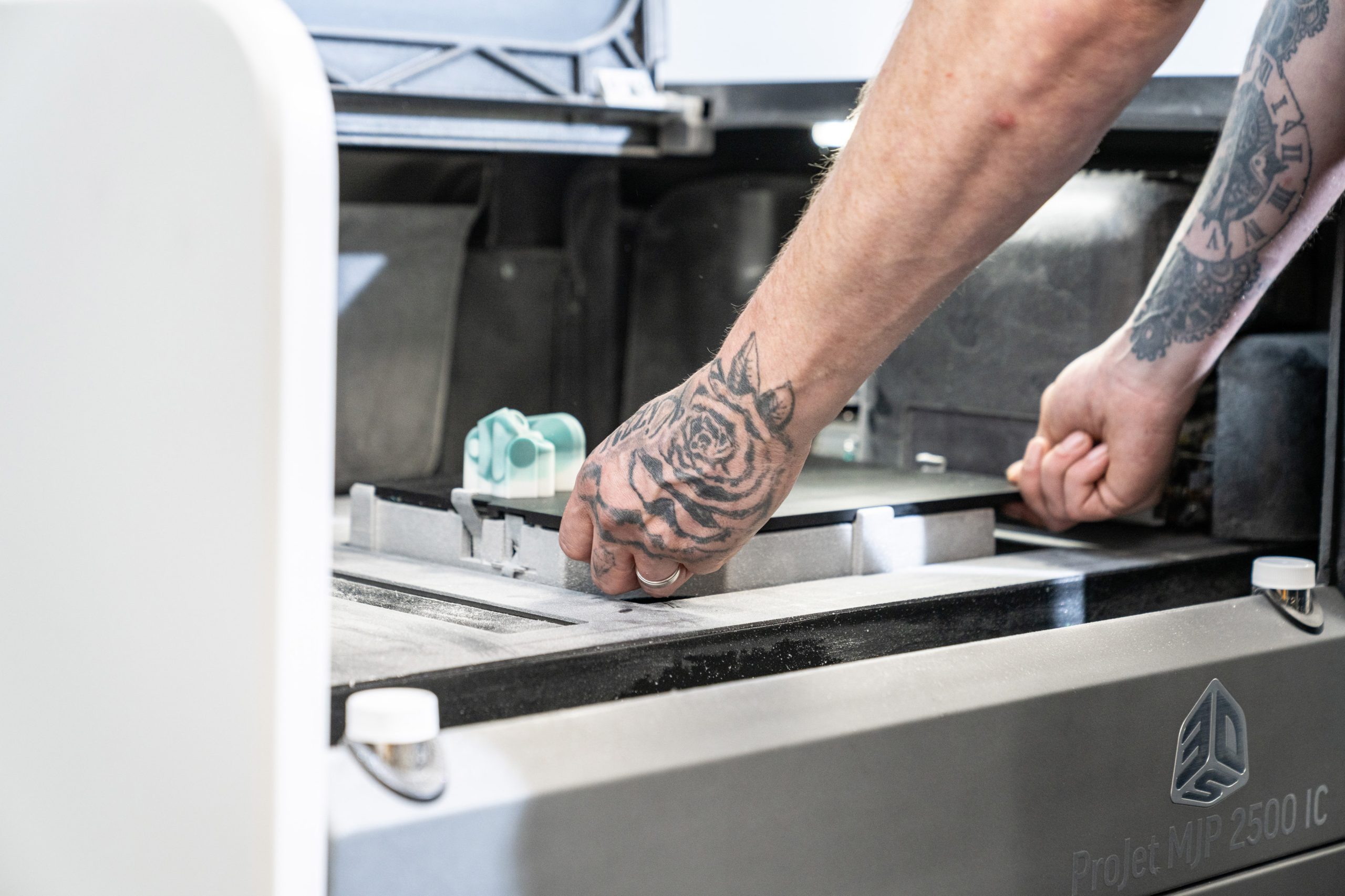
3D Rapid Prototyping for Medical Equipment Designs
Early in our development process with medical equipment designers, we encourage investing in our 3D printing rapid casting prototyping service. This advanced system involves working with our expert team to review your casting's CAD design and quickly create a physical wax test piece with our industrial thermojet printer.
This prototype is then analysed and reviewed to provide invaluable data required to refine your medical equipment design. This process is repeatable and, with a quick turnover, will finalise your design efficiently before committing to the more expensive tolling and casting.
Why Choose Dean Group International for Medical-Grade Metal Castings?
There are many areas where the results of our castings benefit the sector, from patient care tools like beds, prosthetics and crutches to the detailed equipment used by the medical professionals themselves.
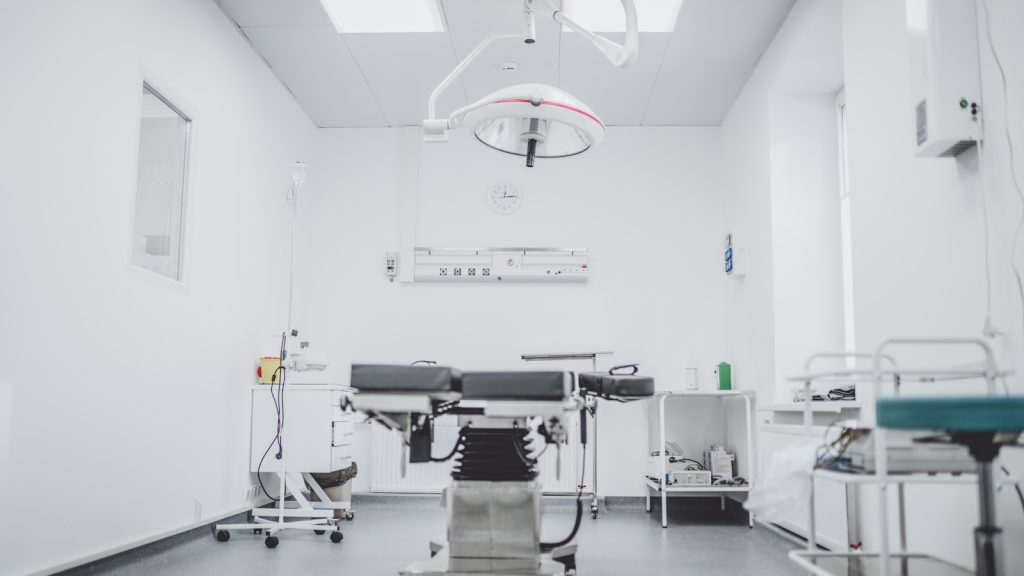
Contact Us
Get in touch to learn more about our effective manufacturing processes and discuss how our expert engineers will make sure your cast parts meet the highest standards. You can find more information on some of our successful projects in our case studies.
Contact Dean Group International for Your Investment Casting Quote
Registered in England VAT No: 146307478 Company Registration No: 1062820
